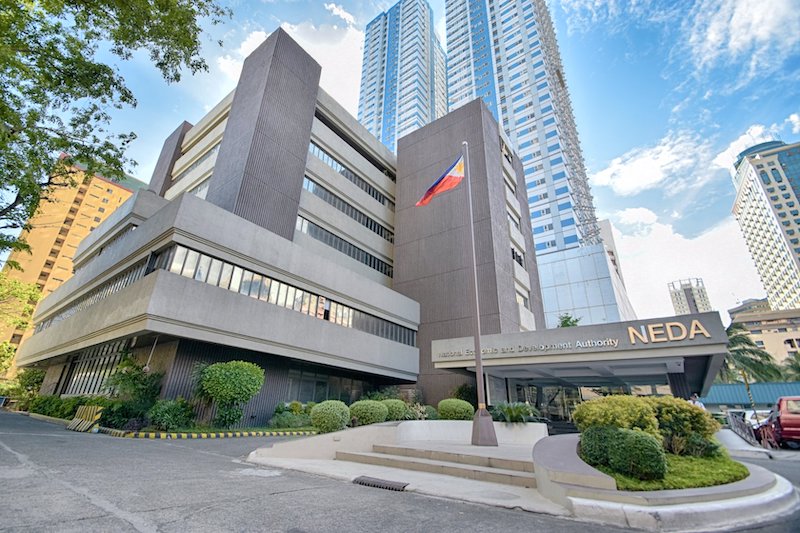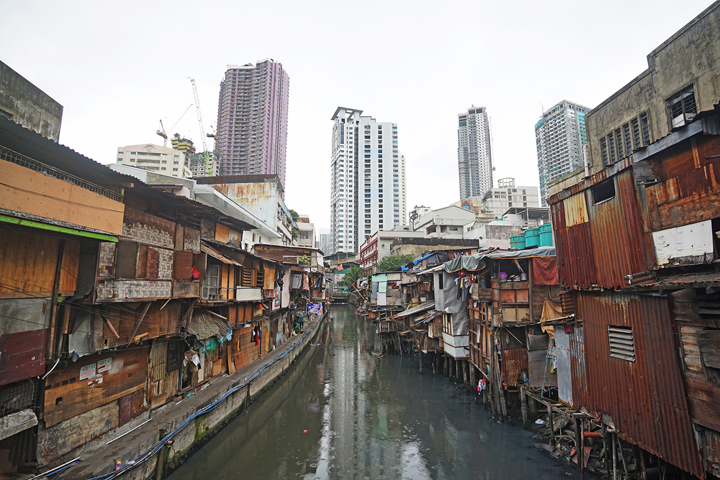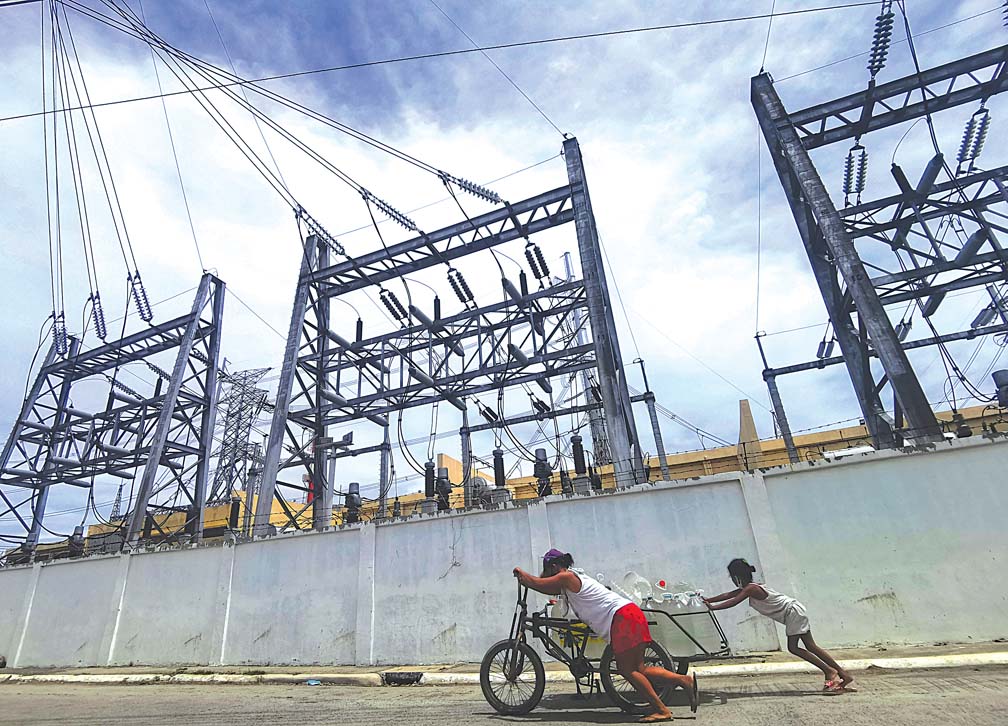LOCAL palm-oil producers threw their support behind the plan of incoming Agriculture Secretary Emmanuel F. Piñol to put up a regulatory body that will oversee the development of their industry.
Philippine Palm Oil Development Council Inc. (PPDCI) Vice President Erwin Garcia said on Tuesday a bill calling for the creation of the Philippine Palm Oil Development Authority is now being crafted by Piñol’s team.
“Piñol said his first move is to create a separate body that will look into oil-palm production in the country. He said they are drafting a bill now, so that it can be taken care of immediately once he assumes office on July 1,” Garcia told the BusinessMirror.
Currently, the palm-oil industry is being regulated by the Philippine Coconut Authority (PCA), an attached agency of the Department of Agriculture (DA).
“How will the [PCA] help oil-palm growers, when their priority is coconut?” Garcia asked.
He said the creation of a separate agency for oil palm would hasten the industry’s development and “unlock” the potential of palm-oil production, which is badly in need of government support.
All efforts to sustain the palm-oil industry in the Philippines have so far been led by the private sector, he added.
Dr. Rolando Dy, executive director of the University of Asia and the Pacific’s Center for Food and Agribusiness, urged the incoming DA chief to expand the coverage of the proposed agency.
“It should be expanded and named Tree Crops Development Authority to cover not just oil palm but also coffee, cacao and rubber,” Dy told the BusinessMirror.
He said the development of the oil palm industry, as well as other tree crops, is key to poverty reduction, particularly in Mindanao.
“Mindanao has a very high poverty incidence at over 40 percent. Tree crops development is key to reducing it, not rice,” Dy said.
Road map
Aside from the creation of the agency, Garcia called on the government to put in place a “concrete” plan to help oil-palm producers.
“The government should have a clear vision on how they will help the farmers,” he said.
The PPDCI said it proposed an industry-development road map to the government, but the outgoing administration “just sat on it.”
According to Garcia, the proposed 10-year road map outlined the challenges faced by the industry, as well as the strategies to overcome these.
One of the targets set in the road map, he said, is to address the shortage in oil-palm production in the country.
“Right now, we have to plant around 200,000 hectares of oil palm just to be self-sufficient. This is enough to wipe out our importation of palm oil. But, we are planting palm oil in only 5,000 hectares per year,” Garcia said.
According to industry estimates, the current local demand for palm oil is at 800,000 metric tons (MT). However, Garcia said the country produces only an average of 100,000 MT a year.
This means the Philippines imports as much as 700,000 MT of palm oil from Indonesia and Malaysia just to meet local demand.
“Imagine how much money are we giving to other countries, instead of making sure this money goes to local farmers? We have a lot of vacant, unutilized land,”Garcia said.
“There should be a plan [to achieve this]. You cannot plant that as soon as possible. Also, by the time that you finish planting 200,000 hectares, local demand might have already changed. We are growing at a rate of 10 percent in terms of demand,” he added.
Garcia also urged the government to provide farmers with free planting materials to encourage them to go into oil-palm production.
Data from the PPDCI showed that the country’s crude palm-oil production in 2014 increased by 10.67 percent to 135,000 MT, from 122,000 MT in 2013.
Garcia said production last year grew slightly to 137,000 MT, as the low price of oil palm discouraged farmers from planting the crop.
“Nobody wanted to plant, because they were discouraged by the price. Nobody imported seeds and there were only a few takers of seedlings from nurseries,” Garcia said.
Last year the price of oil palm (fresh fruit bunch) reached P3,400 per MT, lower than the “comfortable” price of P5,000 per MT.
Garcia said the inventory was high, but the demand for palm oil declined last year, causing prices to fall.
Image credits: Bloomberg
































1 comment
Incoming NEDA chief Ernseto Pernia would prefer importing rice from countries who have been exporting for so many years while Philippines has been lagging behind rice production. We are better off producing agricultural products that are domestically needed and for tourism. Forget about exporting and palm oil at present can not overtake the gains of the coconut industry. Coconut water alone as export can wipe out palm oil production in terms of value created. Enough with these palm oil misguided notions!
https://www.huffingtonpost.com/entry/palm-oil-impacts_us_55a4c391e4b0b8145f737dd5